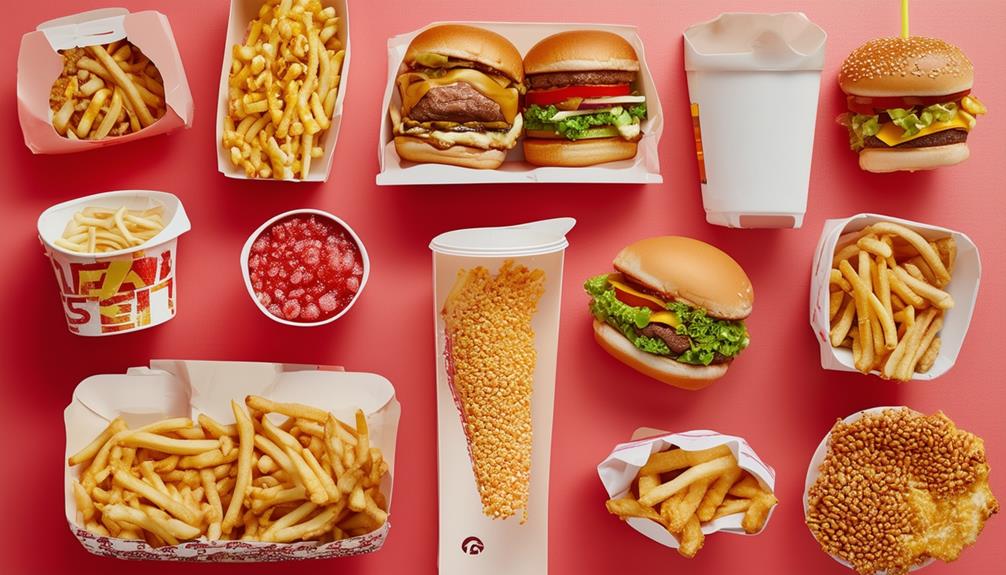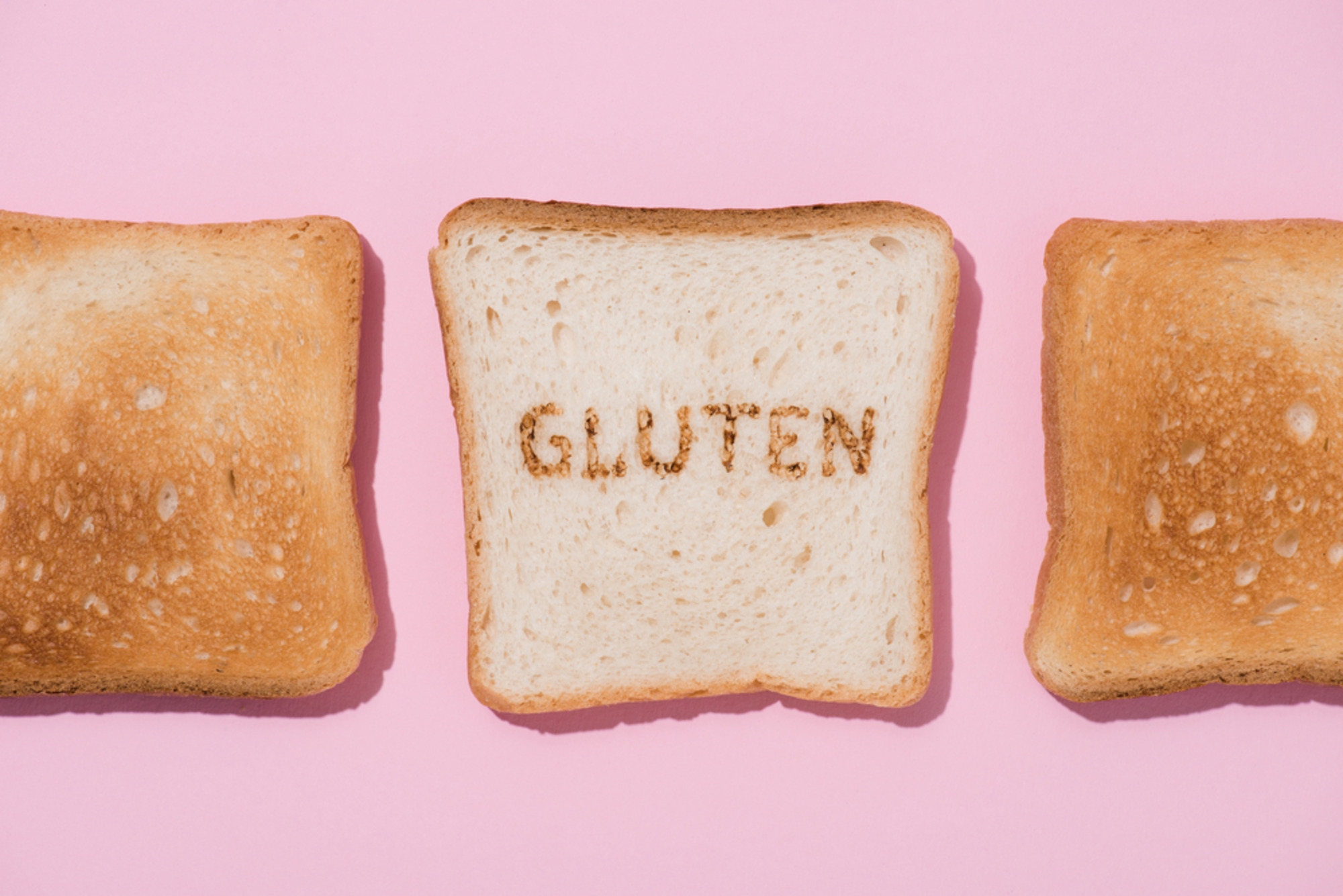Have you ever wondered if your diet might be holding you back as you age? You may even feel like your diet is “super healthy” but you’re still noticing some signs that certain things just don’t agree with you.
As we get older, our bodies start sending us signals, sometimes subtle and sometimes not so subtle, that it’s time to pay closer attention to what we eat.
If you’re over 50 and feeling like your best days are behind you, or if you’ve been struggling with fatigue, mood swings, or stubborn weight gain, your diet might be playing a bigger role than you think.
These key insights on foods to avoid after 50 can empower you to maintain your health, vitality, and well-being while navigating midlife with confidence and ease.
Dr. Gala’s Quick Take
Yes, avoiding highly processed foods, sugary drinks, and excessive salt is key after 50 to support heart health and reduce chronic disease risk. Focus on whole, nutrient-rich foods to stay healthy and energized in midlife.
How Digestion Changes After 50

First, let’s talk about what’s happening inside your body. After 50, your digestion naturally slows down. This means food takes longer to pass through your system, increasing the chance of constipation and nutrient absorption issues.
Your stomach may also produce less acid and fewer digestive enzymes, making it harder for your body to break down food and extract essential nutrients. This is why you might be more prone to conditions like acid reflux (GERD), diverticulosis, and bloating.
A quick tip: Before turning to medication for GERD, consider addressing low stomach acid. In some cases, supplementing with hydrochloric acid can restore balance and improve digestion naturally.
Food Sensitivities vs. Food Allergies

Do certain foods leave you feeling “off,” even if you’re not breaking out in hives or struggling to breathe? You might be dealing with a food sensitivity rather than an allergy. Understanding the distinction between the two is crucial for managing your health effectively.
What Are Food Allergies?
Food allergies occur when your immune system mistakes a harmless lean protein for a threat and launches an immediate immune response. Symptoms of food allergies can range from mild to severe and typically appear within minutes to a few hours after consuming the triggering food. Common symptoms include:
- Hives or rashes
- Swelling of the lips, tongue, or throat
- Difficulty breathing
- Vomiting or diarrhea
- Anaphylactic shock (a potentially life-threatening reaction requiring immediate medical attention)
Food allergies often require strict avoidance of allergenic foods and, in severe cases, carrying an epinephrine injector (EpiPen) to manage emergency situations.
What Are Food Sensitivities?
Food sensitivities, on the other hand, involve a more subtle and delayed immune response. They are often caused by difficulties in digesting certain foods or by non-IgE immune reactions. Symptoms can appear hours or even days after consuming the problematic food, making them harder to identify. Common symptoms of food sensitivities include:
- Digestive issues (bloating, gas, diarrhea, or constipation)
- Fatigue or low energy levels
- Brain fog or difficulty concentrating
- Headaches or migraines
- Joint pain or inflammation
Unlike food allergies, sensitivities are not life-threatening, but they can significantly impact your quality of life and may lead to chronic health issues over time if left to compound with repeated exposure.
The Fierce 5: Foods to Avoid After 50

Through my years of experience, I’ve identified five major food culprits that tend to wreak havoc on your health after 50. I call them the Fierce 5.
Dairy
Many people develop a sensitivity to dairy as they age … even if dairy didn’t cause a problem earlier in life. Symptoms might take days to show up, making it tricky to connect the dots. If you’re experiencing bloating, digestive issues, or skin flare-ups, try cutting dairy out for a week or two and see how you feel.
Pro Tip: If you’re really missing cheese, sheep’s milk products are often easier to digest. And be careful with goat’s milk products as they may closely mimic cow’s milk in the digestive system.
Gluten
Even if you don’t have celiac disease, gluten can cause inflammation in your digestive system. Watch out for bread, pasta, and other wheat-based items.
Yeast
Yeast can sneak into your diet in unexpected ways, especially in gluten-free baked goods. Many alternative breads use extra yeast to mimic the fluffiness of traditional bread. If you’re feeling sluggish or noticing unusual symptoms, yeast might be the culprit.
Sugar
Excess sugar, including sugary drinks and refined sugars, is one of the biggest contributors to inflammation, blood sugar issues, weight gain, and energy crashes. Cutting back or eliminating it entirely can make a world of difference in how you feel. Consider swapping sugary beverages for fresh fruit or reaching for a piece of fruit instead of reaching for the candy jar.
Pro Tip: If you’re craving a sweetener, consider using coconut sugar or organic cane sugar in moderation. These are less processed and contain small amounts of beneficial nutrients.
Alcohol
While the occasional glass of wine might be fine, alcohol can disrupt your sleep, worsen mood swings, and contribute to inflammation. Moderation is key here.
How to Test for Food Sensitivities

Determining whether specific items are causing issues in your body can be tricky, but one of the most effective methods is an elimination diet. By removing potential culprits such as the Fierce 5 (dairy, gluten, yeast, sugar, and alcohol), you can see how your body responds. Begin by eliminating all five from your routine for at least a week or even longer if you have a history of severe sensitivities.
During this period, it’s important to keep a journal, noting any symptoms or changes in mood, energy, digestion, or overall well-being. After the elimination phase, reintroduce one item at a time, preferably over the course of 2-3 days. This way, if a specific item does cause a reaction, you’ll be able to pinpoint exactly which one it is.
Pay close attention to symptoms that might not show up immediately. Some reactions can take time.
For example, dairy sensitivity often manifests a few days after consumption. You might not feel discomfort on day one, but by day three, symptoms like bloating, digestive upset, joint pain, or even mood shifts can appear.
Similarly, if you’re reintroducing gluten or yeast, it can take a few days for any skin reactions, headaches, or fatigue to surface.
The Danger of Ultra-Processed Foods

While testing for specific sensitivities is one thing, another major factor contributing to health issues is ultra-processed items. These are highly refined, stripped of most nutrients, and often packed with artificial additives, unhealthy fats, sugars, and sodium. Over time, a diet rich in ultra-processed products can contribute to chronic inflammation, heart health problems, risk of diabetes, fatty liver disease, and even neurological diseases.
Recent research from the BMJ (British Medical Journal) highlights the alarming connection between ultra-processed items and premature mortality. The study found that consuming more than four servings daily increased the risk of early death by a staggering 62%.
Even one serving daily can be harmful, as they’re often laden with empty calories that spike blood sugar levels, contribute to weight gain, and can disrupt gut health. To combat this, it’s best to focus on whole, minimally processed options like leafy greens, fresh fruit, Greek yogurt (from sheep’s milk), and lean meat.
Other Foods to Watch Out For
Aside from the Fierce 5 and ultra-processed foods, there are several other problematic items that can negatively affect your health when consumed in excess:
- High-sodium foods: Excess sodium intake can contribute to high blood pressure and cardiovascular disease. Aim to keep your daily calories in check and opt for natural, low-sodium alternatives.
- Bad fats: Trans fats and omega-6 fatty acids found in junk food can increase your risk of heart disease and inflammation. Choose healthier fats like extra virgin olive oil, avocado oil, and coconut oil for improved brain health.
Making Sustainable Changes

Shifting your diet toward healthier options might feel overwhelming at first, but small changes can have a big impact. Start by cutting back on the Fierce 5 and replacing processed options with more nutrient-rich items like leafy greens, fruits (frozen is OK), and lean meat. Sodium intake can be managed by seasoning with herbs and avoiding highly processed foods.
Remember, focusing on adding more fresh, whole foods such as leafy greens, fruit juice (without added sugar), and good old-fashioned high quality water will go a long way in creating a healthier diet.
Key Takeaways
- Digestion slows after 50, affecting nutrient absorption.
- Food sensitivities like dairy and gluten can cause delayed reactions.
- Avoid the “Fierce 5”: dairy, gluten, yeast, sugar, and alcohol.
- Ultra-processed foods increase inflammation and chronic disease risk.
- High sodium and bad fats harm your health … opt for healthier alternatives.
- Elimination diets help identify problem foods.
- Small, consistent changes improve overall well-being.
- A tailored diet keeps you energized and symptom-free after 50.
Final Thoughts
Taking control of your diet after 50 can transform your health and help you feel like the best version of yourself. By avoiding the Fierce 5, cutting back on processed foods, and supporting your digestive system, you’ll be well on your way to thriving in midlife and beyond.
“If you came into my office, I’d ask you a lot of questions that would help us connect the dots … so that together we can deal with your toxic stress.
Every situation is unique and you need a plan that works for you. Not a one-size-fits-all solution.
If you’re thinking you can’t come into my office, don’t worry. I’ve created a program with all of my initial recommendations to help you unravel the mystery. You can use it at home and at your convenience.
So if you’re thinking that managing chronic stress just isn’t possible … or even the answer … for you, I want to show you what you may be missing.
And how you can identify the toxic stressors that are creating your symptoms with my Human Energy System Reboot. You can get started HERE.” – Dr. Gala







